One must surely have fantasized about creating a mini rainforest in one’s home. Your answer is a paludarium, an extraordinary piece of brilliant design that is a kind of combination of land and water. However, the question is, what breathes life into a paludarium and makes it distinctive? Live plants for paludarium! This blog can therefore be viewed as your one-stop online guide to successfully establishing a paludarium with the right plants.
Content Table
We will select the right plants, analyze carnivores for carnivorous plant paludarium, and maintain those plants. We will also explain how to elegantly get out of the water and choose between the creation of a paludarium and an aquarium.
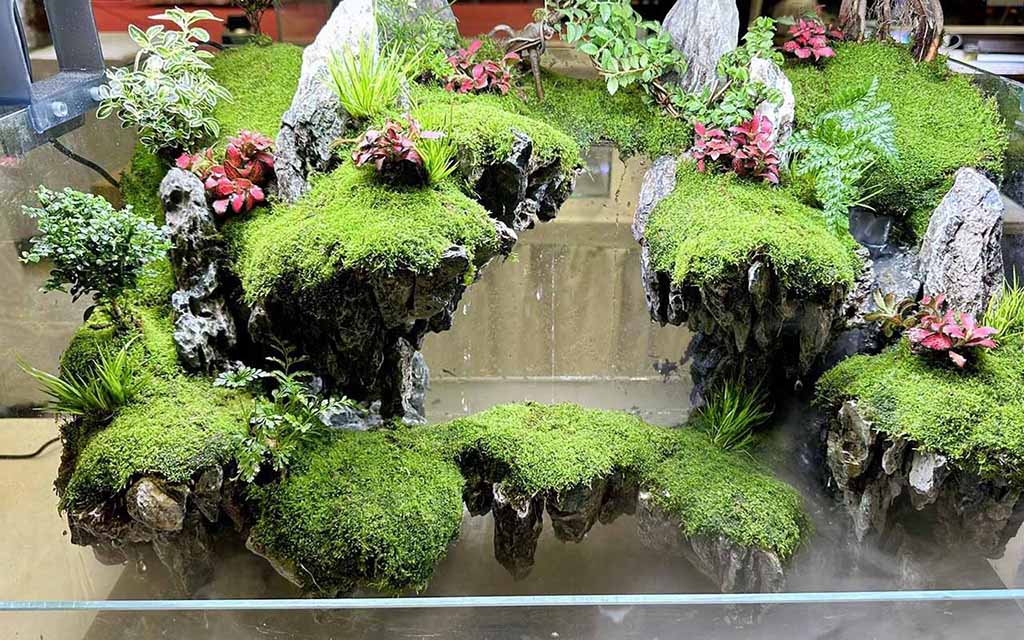
Paludarium plants
Paludarium Plants
Paludariums are vivariums that combine land and water features, creating a miniaturized wetland ecosystem. Live plants are essential for a beautiful and thriving paludarium, providing oxygen, hiding spots for inhabitants, and helping to maintain stable humidity levels.
Here are the top 8 plants for paludarium.
- Java Fern: The plant is very adaptive and low maintenance because it can grow in both aquatic and humid conditions, making it a common feature in Java’s aquariums. Jave Fernalso also enhances the beauty of the paludarium due to its green color and attractive fronds.
- Java Moss: Java Moss is another low-growing plant that can be used for the land side of the paludarium as a carpeting plant. It can, however, be fixated on wood or rocks in the water section of the stream.
- Bromeliads: These air plants have different colors and appearances and bring the feeling of the tropics into your paludarium. Bromeliads appreciate their roots being boggy in moist sphagnum moss, and their cups should be filled with water.
- Creeping Fig: It is a very fast-growing evergreen vine that runs up the background of your paludarium well. This thing has pretty green leaves that give it the appearance of being part of the forest.
- Spider Plant: Spider Plants are an excellent choice for a paludarium since they are easy to maintain and they add to the aesthetic of the terrarium and help in increasing oxygen levels in your paludarium. They let out long runners with baby spiders at the extremities, which you can reproduce to come with more plants.
- Golden Pothos: Another plant crawling along the surface of the table is Golden Pothos, which is distinguished by the presence of rich green and golden variegation on the leaves. It does well under a variety of light conditions and medium water requirements making it quite drought-resistant.
- Air Plants: Most people find it friendly to use these plants as they bring depth, variation of colors, and texture to the paludarium. They do not need any potting mix and work as passive hydrophytes or xerophytes depending on the humidity of the atmosphere. However, make sure to spray them often especially if your paludarium is quite dry to the touch.
- Orchids: If you want to impress, then get an orchid as a centerpiece of your paludarium. They are available in a variety of colors and shapes and since they are aquatic plants they are best suited for paludariums. The only thing that you should make sure is that you select a species that will not be bothered by.
Carnivorous Plant Paludarium
Here are some of the top carnivorous plants that can do well in a paludarium setting:
- Tropical Pitcher Plants (Nepenthes)
| These interesting plants are available in different forms, forms, and colors and they have pitcher shapes that capture insects. Nepenthes grow best in warm conditions, with an air temperature of between 70-85°F and humidity of between 70-90%. | 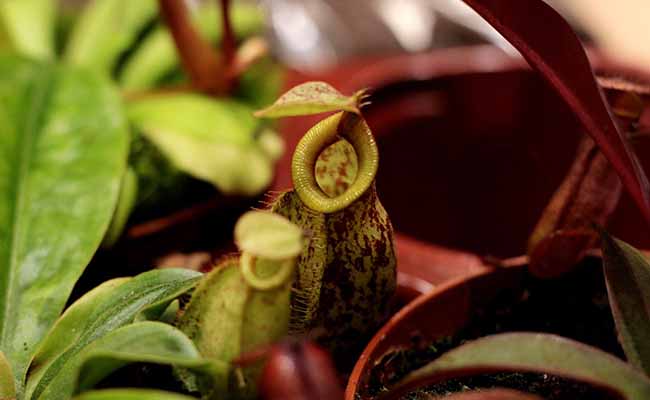 |
- Sundews (Drosera)
| Sundews have small, fuzzy heads with tiny ‘arms’ that swiftly grab insects and then secrete enzymes to dine on them. We have seen them in many types, some with colorful dew. Sundews require temperatures between 60-90°F, and humidity ranges from 70-90%. | 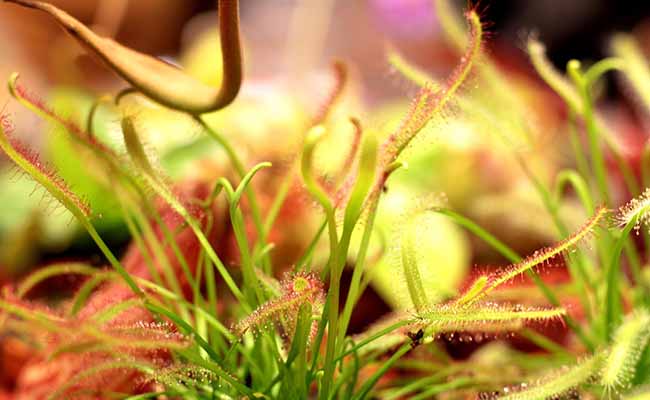 |
- Venus Flytraps (Dionaea muscipula)
| One of these ancient plants is the Venus flytrap, which has mouse-trapping-like structures to capture insects. Venus flytraps originate from the regions of thematic climate and in the winter, they need a cooler climate (between 50-70°F). They can endure more humidity than the average people; it can go up to 50-70% at some point. | 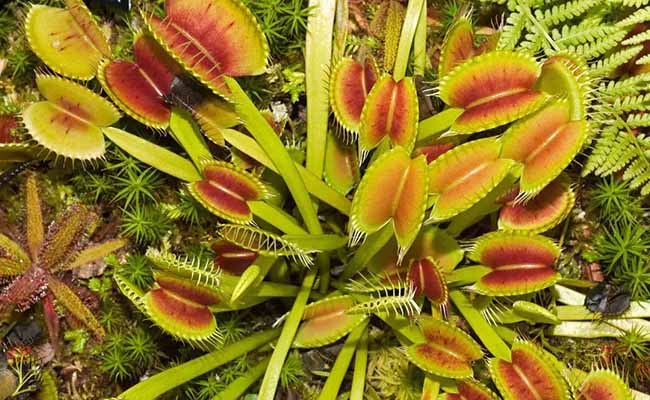 |
- Sarracenia Pitchers
| Both of these plants are large, carnivorous, and come in vibrant hues; they originate from North America. The native environment of the Sarracenia pitchers involves temperature and humidity, with an optimal temperature range of 50-80°F and optimum humidity of 50-70%. | 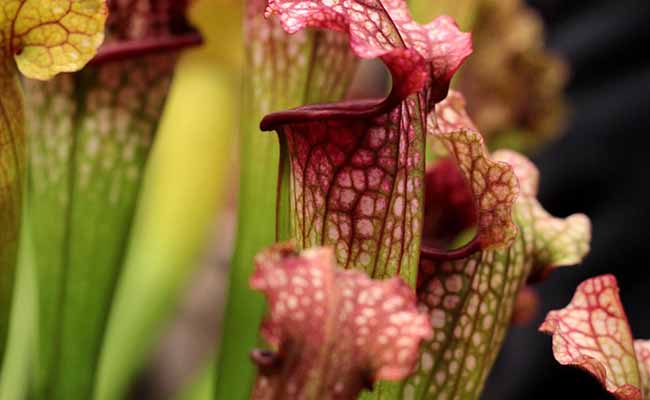 |
- Butterworts (Pinguicula)
| Butterworts sit and have sticky leaves with insects that they catch and then digest. They are very colorful, and some have flowers. Some butterworts require moisture, but the needs of the species differ and it is generally better for them to live in cool to warm temperatures of between 50-80°F and moderate levels of humidity of between 50-70%. | 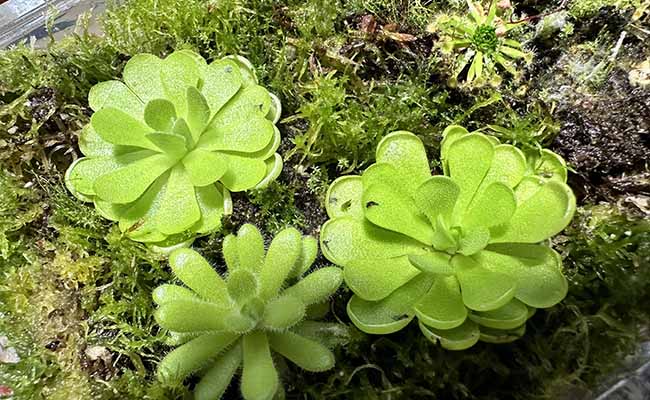 |
How to Keep Plants’ Roots Wet in a Paludarium
There are several ways to ensure your paludarium plants have consistently moist roots, catering to both land and water-dwelling varieties. Here are some tips and equipment to keep your plant roots happy:
Land Section – Creating a Moisture Gradient
- Substrate Selection: The land portion of the paludarium should be populated with a substrate that drains well. An example of a good mix may be orchid bark, sphagnum moss, and a small amount of terrarium soil. This makes it possible to achieve good aeration while at the same time being able to retain moisture.
- False Bottom and Water Reservoir: Consider having a faux bottom complete with a water well on the land substrate so it won’t sink towards the base. This layer of water will always be hidden under the substrate so that the roots will not drown while at the same time, the substrate will always remain moist by capillary action.
- Water Features and Drainage: If there is a waterfall or stream in paludarium, then there must be proper drainage to avoid the increase in water level in the land part. You can add a layer of gravel or filtration media under this layer to help in the collection of excess water and return it to the water reservoir.
Water Section – Submerged Plants
- Planting Baskets: For aquatic plants, use planting baskets filled with a suitable substrate like pea gravel or pool filter media. These baskets allow water to flow freely around the roots while keeping them anchored.
- Clay Pebbles: An alternative for some aquatic plants is to simply place them in a layer of clay pebbles at the bottom of the water section. The spaces between the pebbles will hold water around the roots.
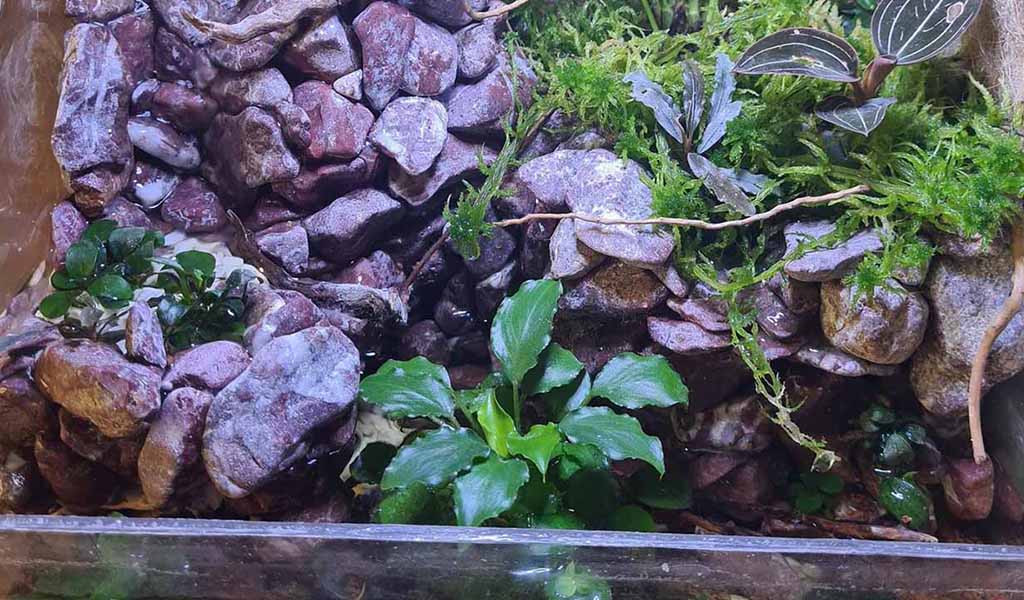
Plants for paludarium
Overall Humidity
- Misting System: Installing an automated misting system can be very helpful, especially for plants requiring high humidity levels. This will regularly refresh the air and provide moisture for both land and water plants.
- Partial Lid: Keeping a partial lid on your paludarium helps trap humidity inside. You can adjust the number of openings based on the needs of your plants.
- Live Background Plants: Consider using live background plants like mosses or ferns. These will help maintain humidity by transpiring moisture into the air.
Monitoring and Adjustment
- Regularly monitor the moisture levels in your paludarium, both in the substrate and the overall humidity.
- Adjust your watering schedule, misting frequency, or ventilation as needed to maintain the optimal conditions for your chosen plants.
Scaping a Paludarium with Plants
Here’s a breakdown of their importance and how to incorporate them effectively during aqua scaping:
Roles of Plants in a Paludarium
- Aesthetics: Aquatic plants are the key elements in designing an attractive and vibrant paludarium. They provide accents of color, density, and volume, making the space look more comfortable and organic.
- Habitat Creation: Some inhabitants such as amphibians, reptiles, and inverts use plants for hiding and climbing mostly for young ones. The different surface roughness and all the foliage structures, within the framework, offer homes for all sorts of animals.
- Water Quality: Submerged plants have numerous functions; they filter nutrients, which are compressed into sediment, and have the ability to shade out algae. This can assist in decreasing the quantity of water changes which oftentimes are a downside to fish tanks.
- Humidity Regulation: Paludarium plants cover others that contribute to managing the humidity levels in the environment. They discharge moisture into the atmosphere and provide an ideal climate for many species of both amphibians and plants.
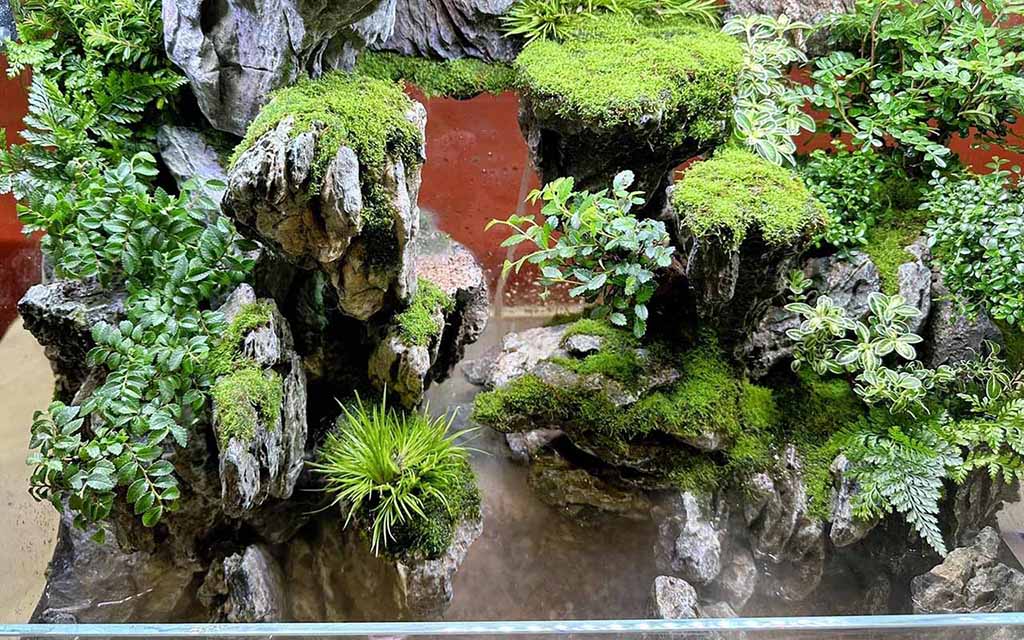
Scaping a Paludarium with Plants
- Plan: Sketch your paludarium layout including plants, rocks, and wood.
- Substrate: Use separate substrates for land (draining) and water (aquatic plants).
- Layers: Vary plant heights for depth.
- Aquatic Plants: Group by light needs (high light near surface).
- Emerged Plants: Plant some in water with foliage on land.
- Vertical Interest: Attach air plants and epiphytes to hardscape.
- Focal Point: Use a striking plant for visual balance.
- Maintenance Access: Leave space for cleaning and pruning.
Which is Better a Paludarium or Aquarium Planted Tank
If you are deciding between having a paludarium and a planted tank, then you might want to consider what you find most interesting! If you find yourself interested in more amphibians or reptiles or the thought of, come mini wetland, a paludarium is a more thrilling concept.
Planted tanks are ideal for people who consider themselves fans of the underwater world and the gloss of fish. However, paludarium demand much more experience to keep the balance between the terrestrial and aquatic zones, and planted aquariums are comparatively easier to set up.
Here’s a table summarizing the key differences:
| Feature | Planted Aquarium | Paludarium |
| Focus | Aquatic life | Plants and Amphibians |
| Difficulty | Easier | Medium |
| Inhabitants | Fish, shrimp, some snails | Frogs, turtles, Water Dragon, etc |
| Plants | Aquatic plants only | Aquatic plants, carnivorous plants, land plants, etc |
| Equipment | Standard aquarium equipment | Aquarium equipment, live rocks, etc |
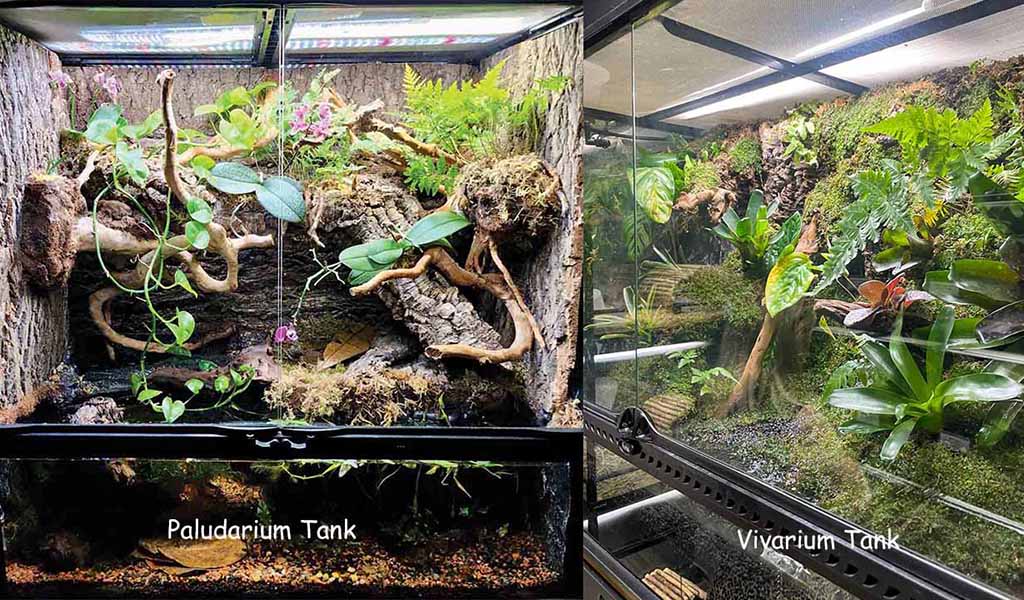
Vivarium vs Paludarium
Vivarium vs Paludarium
Vivarium
| Advantages | Disadvantages |
| More general term, encompasses various animal habitats (desert, rainforest, etc.) Wider range of potential inhabitants (reptiles, insects, amphibians) Can be simpler to set up for specific biomes |
○ Can be less visually interesting than a paludarium with its water feature May not be ideal for amphibians that require both land and water |
Paludarium
| Advantages | Disadvantages |
| Creates a beautiful and unique miniaturized wetland ecosystem Suitable for housing a wider variety of creatures (fish, amphibians, reptiles) Offers a more complex and rewarding setup experience |
○ More complex to set up and maintain than a terrarium-based vivarium Requires specialized equipment to manage humidity and water levels May not be ideal for animals that require solely dry or aquatic environments |
Summary
Paludarium is a wonderful and intricate terrarium that will allow you to recreate a wetland and have a mixture of both aquatic and terrestrial conditions. Selection of the plants is critical when it comes to aesthetics, the creation of habitat, and the health of the environment and ecosystem. Proper planning and management will help you develop an attractive and effective paludarium to house your aquatic plants and animals.
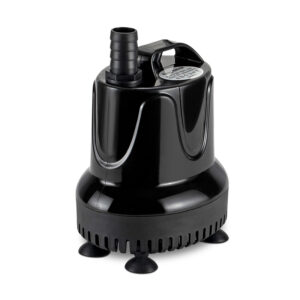
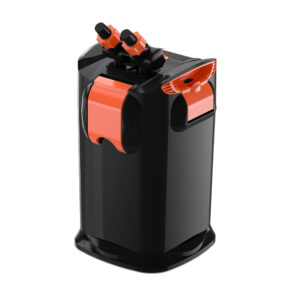
Leave a comment